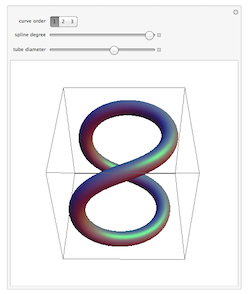1. There is a motor that keeps the big wheel spinning.
2. There is a connection between small and big : flow / transmission.
3. The big wheel acts like a Flywheel with lots of potential energy.
-- Falcao Soliton / U-Tube --
4. Now for the transmission between the big and the small wheel, like a bike, you need a chain/flow and they have to be able to rotate at dependently. This you get when you have a diagonal flow which is the case for the vortices in the water, when there’s a sinkhole or a connection.
5. So there are two different wheels with two different velocities.
6. To get this you need a structure (which is generated by the movement with the dinner plate).
7. This all brings us to the Torus which is a large rotating Flywheel, and a small inner wheel string-shape : Funnel.
8. Same thing for the fig. 8
9. The string in between also causes for dissipation so everything is in balance and can keep on going. Suction on top with the Open funnels, Dissipation along the wire.
10. The different rotational direction of the 2 U-turn vortices keeps the connection flow in balance, like the chain-link of a bike but twisted.
11. There’s an overal equilibrium state thanks to a 3 Dimensional structure.








